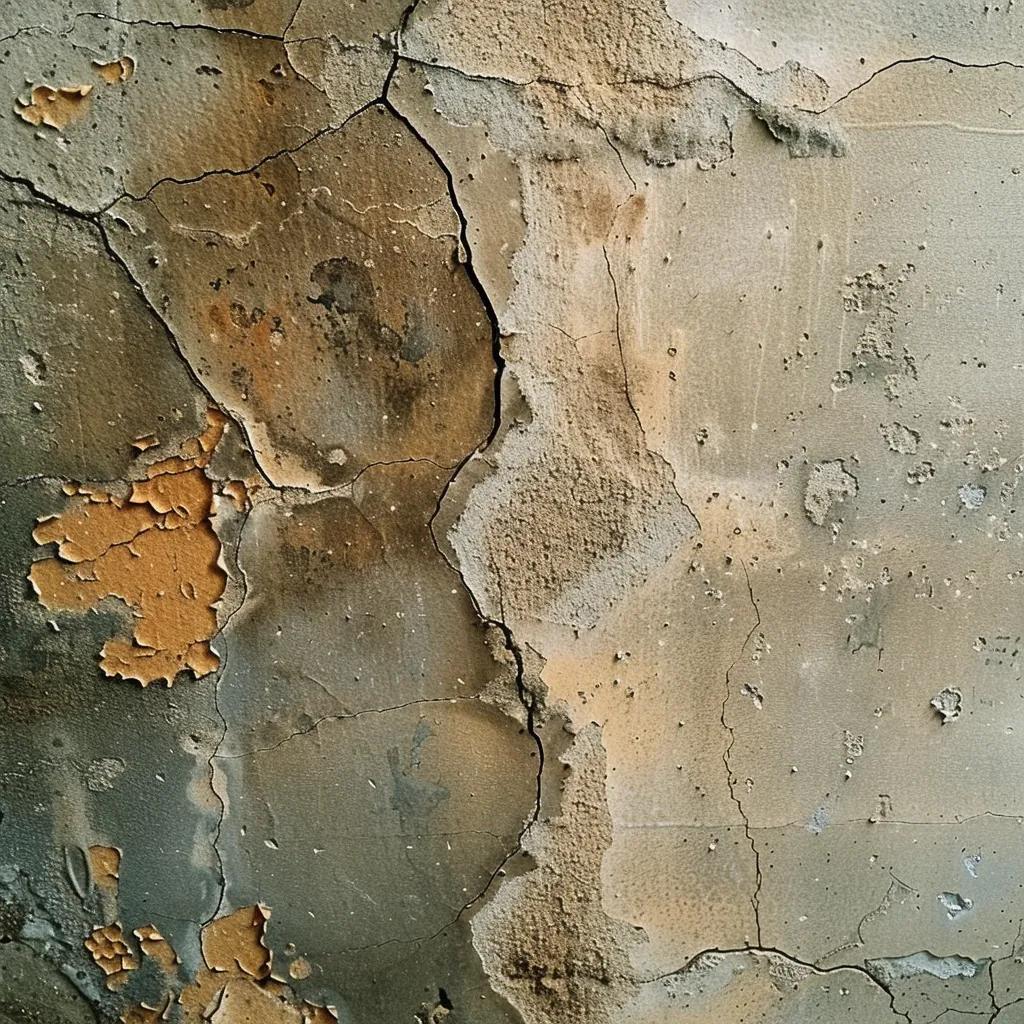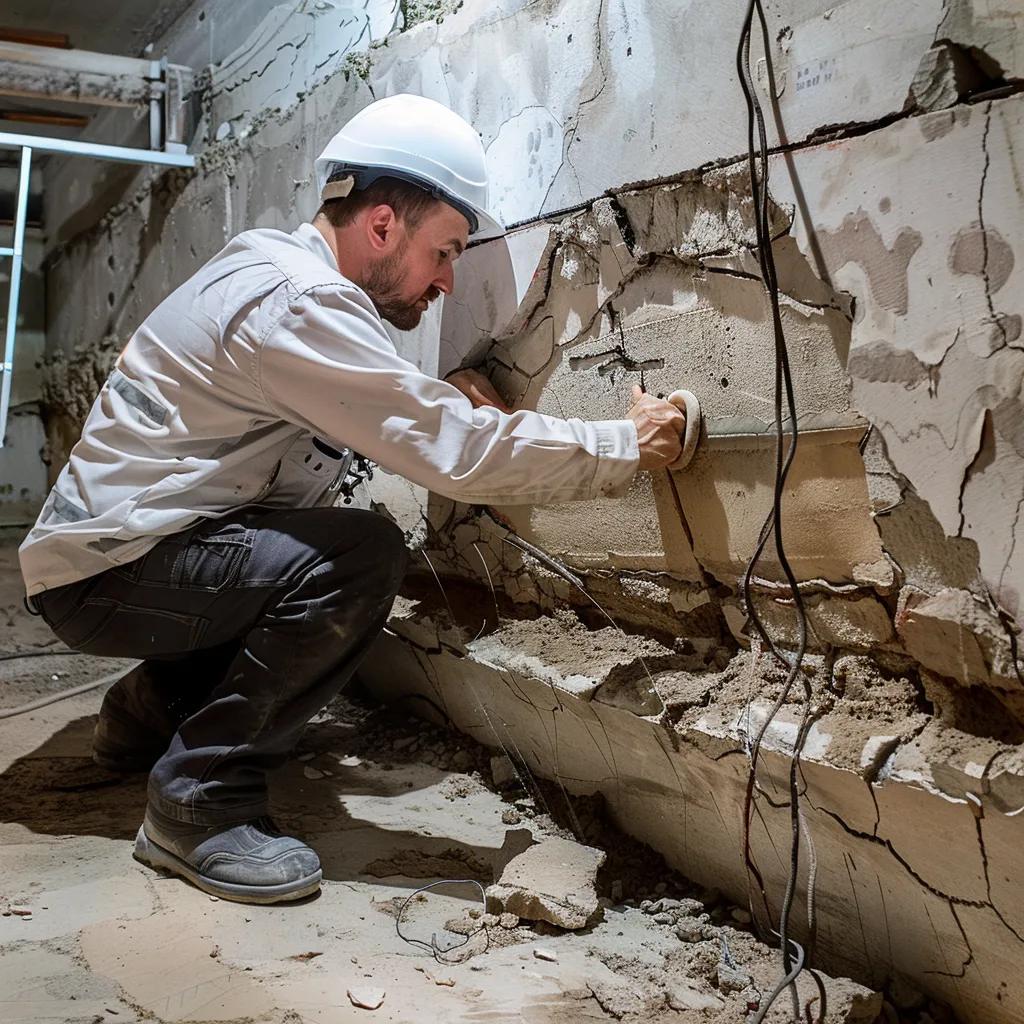Key Warning Signs Indicating Basement Waterproofing Is Essential in Reading, PA
Early moisture indicators in a basement often appear subtle yet signal serious risks to structural integrity and indoor air quality. Identifying the signs you need basement waterproofing can save homeowners thousands in repairs, prevent mold-related health issues, and preserve property value.
In this guide, we map out seven critical themes:
- The silent indicators of moisture (musty odors and high humidity)
- Visible clues (stains, efflorescence, mold, peeling finishes)
- Structural red flags (cracks, bowed walls, warped wood)
- Active water problems (puddles, leaks)
- Other warning signs (rust, pests)
- Why early detection matters in Reading’s climate
- How professional waterproofing solutions address each sign
By the end, you’ll know exactly when to call our Reading, PA, waterproofing experts for a free inspection and tailored protection. We specialize in basement waterproofing Reading PA. We are among the leading basement waterproofing companies in the area.
First Signs of Moisture Problems in Your Basement
Moisture problems often begin with imperceptible changes in air quality and humidity levels, signaling water intrusion behind walls or beneath slabs that demands prompt basement waterproofing service. Our team at RDry Basement Waterproofing Reading is adept at identifying these early indicators.
Persistent Musty or Earthy Smell Signals Basement Moisture
A lingering musty odor indicates mold spores thriving on unseen damp surfaces, which compromises indoor air quality and accelerates material decay. This earthy scent typically arises when moisture accumulates behind drywall or in crawl spaces, feeding mold colonies. Left unchecked, these spores can spread throughout ductwork, increasing allergy and asthma risks for residents and heightening the need for our mold-inhibiting waterproofing barriers. Understanding humidity trends further highlights underlying moisture sources.
Excessive Basement Humidity Is a Warning Sign
Excessive humidity—levels above 60% RH—creates condensation on pipes, windows, and walls, pointing to water intrusion or inadequate ventilation. High humidity also fosters corrosion of metal fixtures and provides a breeding ground for mildew.
Above 60% RH, organic materials absorb moisture and warp, which sets the stage for peeling finishes and structural damage. Next, we explore how moisture manifests through visible clues. Our experienced basement waterproofing Reading PA technicians are trained to spot these subtle signs.
Visible Clues Show Your Basement Needs Waterproofing

Water Stains and Discoloration Reveal Basement Leaks
Water stains appear as brownish or dark patches on concrete, masonry, and wood, resulting from slow leaks or capillary action drawing water through cracks. These are clear indicators of basement water problems.
- Slow drip marks along mortar joints indicate repeating seepage.
- Dark halos at floor-wall junctions show ground-level intrusion.
- Spotty rings under fixtures reveal condensation or plumbing leaks.
These discolorations highlight moisture pathways that our interior drain tile systems and targeted sealants can block.
Efflorescence on Basement Walls Indicates Moisture Movement
Efflorescence is the white, powdery mineral deposit left when groundwater evaporates through masonry pores. It indicates sustained moisture movement through concrete or brick. Recognizing this deposit is crucial: it marks the exact zones where our exterior waterproofing membranes or interior sealants must be applied to intercept groundwater before it reaches the living space.
Mold and Mildew Growth Indicate Basement Waterproofing Needs
Mold and mildew flourish where humidity and condensation persist, colonizing on damp drywall, wood framing, or stored belongings. Common locations include:
- Corners of unfinished walls where air circulation is poor.
- Behind stored cardboard boxes and fabric items.
- Along cooling pipes and ductwork with surface condensation.
These growths release spores that degrade air quality and threaten occupant health, underscoring the need for our comprehensive moisture control and remediation tactics.
Peeling Paint or Bubbling Wallpaper Is a Moisture Indicator
When water accumulates behind painted surfaces or wallpaper, it disrupts adhesion, causing paint to peel and wallpaper to bubble or lift. This delamination reflects trapped moisture that can only be resolved by correcting the underlying hydrostatic pressure or seepage with proven waterproofing strategies.
Structural Issues Signal the Need for Basement Waterproofing

Types of Cracks in Basement Walls Require Attention
Different crack types convey distinct risks, often pointing to underlying foundation issues:
Structural cracks serve as water highways and stress indicators; our foundation repair solutions—such as wall anchors and push piers—stabilize walls and stop leaks at their source.
Bowed or Leaning Basement Walls Are a Red Flag
Bowed walls curve inward under hydrostatic pressure from saturated soils. If left untreated, this deformation signals imminent structural failure and potential collapse. Addressing bowed walls requires exterior excavation or interior bracing systems, which we install to restore wall alignment and relieve soil pressure.
Warped Doors and Uneven Floors Indicate Moisture Damage
Warped wooden doors and sagging or uneven floors occur when moisture is absorbed into framing and subfloor materials. Swelling and decay distort openings and walking surfaces, highlighting chronic dampness that only professional encapsulation and dehumidification can resolve.
Signs of Active Water Problems in Your Basement
Standing Water or Puddles Are a Serious Warning
Standing water or persistent puddles indicate drainage failures, sump pump malfunctions, or heavy groundwater seepage. Common sources include:
- Clogged or absent french drains
- Sump pump failure due to power loss or mechanical wear
- Rising groundwater during heavy rainfall
Pooling water can undermine footings and saturate surrounding soils, making a reliable sump and drain tile system imperative for permanent protection.
Detect Leaks from Walls, Floors, or Windows
Active leaks manifest as dripping noises, wet spots along wall joints, or water trickling through window frames. Hidden leaks often reveal themselves at the base of walls or in corner joints. These entry points require targeted sealants, crack injections, or window well waterproofing to stop water at its point of origin, a key aspect of effective basement leak repair.
Other Warning Signs Homeowners Should Watch For
Rust on Appliances or Metal Fixtures Indicates Moisture
Rust forms when metal fixtures, HVAC components, or storage shelves are exposed to excessive humidity. Corrosion on sump pumps, dehumidifiers, or utility sinks confirms that moisture control measures must be enhanced to protect both equipment and the environment.
Increased Pest Activity Signals Basement Moisture Problems
Excess moisture attracts insects and rodents seeking hydration. Spiders, silverfish, cockroaches, and mice often congregate in damp basements. Noticing these pests indicates underlying water issues that, once resolved through proper waterproofing, will restore a dry, inhospitable habitat for unwanted visitors.
Early Detection of Basement Warning Signs Is Crucial for Homeowners in Reading, PA
Ignoring Warning Signs Leads to Structural Damage and Health Risks
Minor moisture spots escalate into mold colonies and wood rot, which erode framing and compromise load-bearing elements. Foundation cracks widen under repeated freeze-thaw cycles, leading to wall bowing and potential collapse. Simultaneously, mold exposure aggravates respiratory conditions, creating a compounding threat to occupants and property alike.
When to Contact a Professional Basement Waterproofing Service
You should schedule an inspection at the first sign of dampness—whether a musty odor, a single puddle, or a spider infestation. Seasonal checks before spring rains and after heavy storms ensure small issues are addressed before they become emergencies. Our team provides free assessments and zero-obligation quotes to guide timely interventions. For reliable basement waterproofing Reading PA, trust RDry Basement Waterproofing Reading.
How Basement Waterproofing Solutions Address These Warning Signs
Waterproofing Methods Fix Foundation Cracks and Structural Issues
Interior and exterior foundation repairs restore structural integrity and seal leaks:
- Wall Anchors – Counteract soil pressure to straighten bowed walls.
- Push Piers – Transfer structural loads to stable soil layers.
- Crack Injections – Seal hairline and structural cracks with epoxy or polyurethane.
These methods address both water ingress and underlying instability, ensuring walls remain dry and aligned.
Interior and Exterior Waterproofing Systems Prevent Water Intrusion
Effective waterproofing combines subsurface drainage and surface barriers:
- Interior Drain Tile Systems collect seepage at the footing level and direct it to a sump pump.
- Exterior Waterproofing Membranes applied to foundation exteriors stop groundwater before it reaches the wall.
- Sump Pump Installation actively removes collected water, preventing backup.
This layered defense intercepts moisture at multiple points, safeguarding basements under all conditions.
Crawl Space Encapsulation Plays a Role in Moisture Control
Crawl space waterproofing, often through encapsulation, installs a seamless vapor barrier across floors and walls, sealing out ground moisture. Paired with a dehumidifier and proper vents, encapsulation transforms a damp crawl space into a conditioned buffer, reducing humidity and protecting the structural timbers above.
Basement waterproofing is not a luxury but an essential investment for Reading properties. Our local expertise, guaranteed solutions, and free inspections empower homeowners to act before minor signs escalate into major repairs. Contact us today to secure a dry, healthy basement and protect your home’s long-term value.
